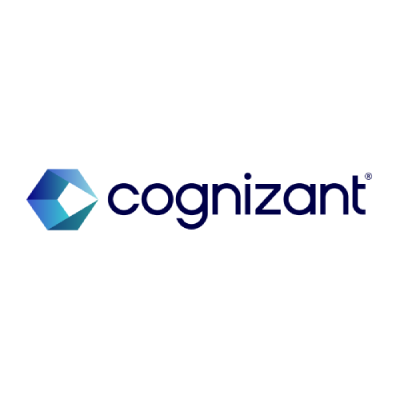Document processing engine is responsible for several critical tasks:
- Document validation and integrity: Ensuring that all documents are valid and intact.
- Data extraction and indexing: Extracting relevant data and indexing it for easy access.
- Cross-referencing: Verifying information with digital government resources and uncovering supporting banking information using PSD2.
- Income and expenditure (I&E) analytics: Analysing financial data to provide insights.
- Custom business rule engine: Applying a rule engine tailored to the lender’s lending policy.
The output from document processing engine includes all uploaded documents, indexed data, and subsequent analytics. This comprehensive package is then sent to the underwriters within the lender, ensuring they have all the necessary information to make informed decisions.
The document management platform will be cloud-based, allowing for seamless integration with any existing technology stack through an API-based plug-and-play model. This flexibility ensures that the platform can be easily adopted without significant changes to current systems.
Additional benefits of the solution include:
- Increased visibility of errors: Enhanced tracking and identification of errors throughout the origination process.
- Omni-channel support: Consistent and efficient document management across multiple channels.
- Fraud checks: Robust mechanisms to detect and prevent fraudulent documents.
- Integration with third-party data sources: Seamless access to external data sources for comprehensive information verification and validation
These features collectively enhance the efficiency, accuracy, and security of the document management process, providing significant advantages to lenders.
Business case
For a lender processing 40,000 mortgage applications per month, with 75% of documents managed through our proposed platform, our calculations indicate a 65% reduction in costs and a savings of 150,000 hours on manual document review and information extraction. We anticipate a 50-60% decrease in underwriter efforts for standard mortgages, freeing up capacity for specialized cases. Additionally, upfront completeness and document integrity checks minimize back-and-forth communication for missing or incorrect documents, resulting in a 30-40% improvement in turnaround time.
Conclusion
Cognizant can begin with a 1-to-2-week consulting engagement to tailor the business case and secure leadership buy-in. Once the business case is validated, lenders have two options: a 6-to-8-week proof of concept involving 2-3 brokers and 5% of document volume, or a comprehensive implementation to fully integrate our proposed solution across the entire mortgage origination value chain.
Lenders can supercharge their growth by harnessing the power of a document management platform that automates manual tasks through precise data extraction, indexing, and real-time analytics from uploaded documents.
By adopting future-ready solutions, lenders can not only overcome current challenges but also position themselves as industry leaders in the AI-driven future. Don't miss out on this opportunity to transform your operations. Contact Cognizant today to discover how we can help you achieve unparalleled success.


















